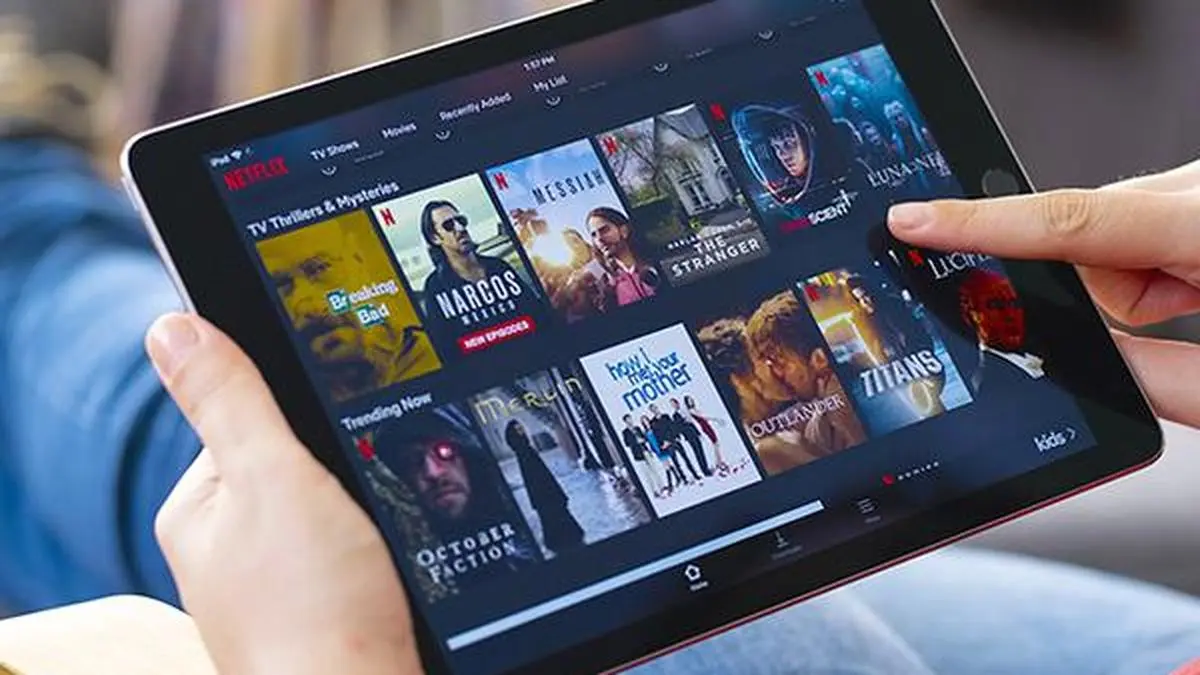Share Tweet Share Share Email If you’re building or using any type of Web3 application or interacting regularly with blockchain for information, you need to know what subgraphs are. For developers or Web3 founders, just understanding subgraphs can make your app highly performant while being extremely efficient with the cost. So why wait? Let’s understand subgraphs and see how custom subgraphs can help you get your decentralized app to the next level.
What are subgraphs? Consider the subgraph as an API layer based on The Graph Protocol. The data this API layer provides is the information directly derived from a specific blockchain in the desired format indexed for high performance. If you didn’t understand anything from that sentence, let me help you with an example.

Suppose you own a medical shop. And you store the medicines in compartments. But those are not organized at all.
So, when a customer asks for a specific medicine, you need to look in all compartments to see if the required medicine is available there; if not, look in another compartment and keep looking until you find a medicine. This is a very inefficient way of keeping things. Especially when your goal is to search them quickly when needed; this is basically how blockchains store information.
Because they’re not optimizing for specific data retrieval, this doesn’t help developers trying to build decentralized apps that need this data quickly. Now, let’s extend our analogy and introduce a systematic a.

























